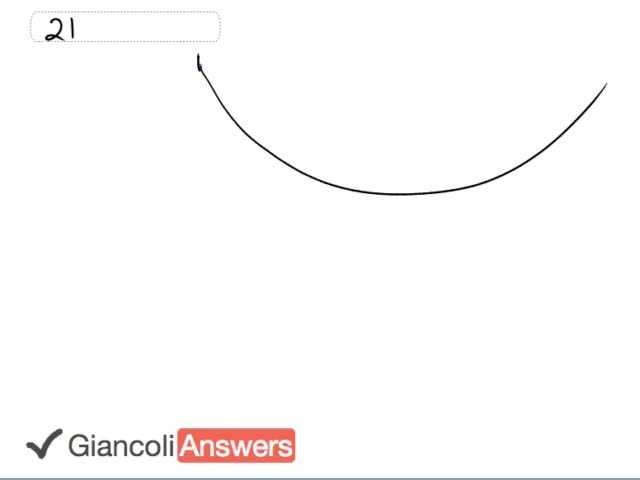

In order to watch this solution you need to have a subscription.
Hi mdbardis, thanks for the comment, and sorry for the late reply.
This question is asking only about centripetal acceleration. If the question was asking about the force needed to cause this acceleration, then certainly gravity would need to be accounted for. However, the tolerance of the pilot is expressed in terms of acceleration, and apparently it doesn't matter what forces are applied to make this acceleration happen. On a larger planet with higher gravity, more centripetal force would be needed to cause the same acceleration, but apparently this doesn't matter. It's the acceleration which is the limiting factor for the pilot.
I think this makes sense if you compare with a scuba diver: deep under water, a scuba diver experiences higher compressive pressure on their lungs. However, the pressurized scuba tank delivers air at higher pressure to compensate, and the scuba diver won't even notice this increase in pressure. Under water the scuba diver has two large forces (water pressure versus tank air pressure) resulting in the same motion they would experience on land with smaller forces. The scuba diver's lungs will feel the same in either case. This is the same idea with the pilot: with larger forces due to more gravity on a bigger planet, the resulting motion (acceleration) is still the same, and the pilot won't know the difference. It's the acceleration (net force) that matters, not the size of the opposing forces (Normal force from the seat, and gravity), so gravity doesn't matter in this sense.
Hope this helps!
Why don't you take into account gravity into this problem? There's a downward force of gravity in this problem, right?